Mr. Nguyen Van Huu, Acting Head of the Aquatic Disease Management Division, Department of Fisheries and Fisheries Surveillance, said that in the first 10 months of 2025, the whole country recorded 285 communes and wards in 18 provinces and cities announcing the occurrence of aquatic disease, with a total damaged area of 6,746 hectares. Of which, the disease on black tiger shrimp was 4,127 hectares, white-leg shrimp was nearly 2,134 hectares and tra fish was more than 146 hectares.

The total aquaculture area damaged by disease in the first 10 months of 2025 is 6,746 hectares. Photo: Hong Tham .
Some of the most severely affected localities include: An Giang (58 communes, 1,404 ha), Ca Mau (50 communes, 2,458 ha), Can Tho (30 communes, 1,265 ha) and Vinh Long (65 communes, 1,143 ha). The Mekong Delta provinces continue to be “hot spots”, reflecting the high risks of concentrated, high-density farming areas.
Accordingly, Mr. Huu frankly pointed out a series of difficulties in disease management. That is, the State management apparatus on aquatic diseases is not unified; some legal documents are not synchronized with the management orientation after March 1, 2025 and production practices.
Many localities do not have a unified national epidemiological database; data collection, updating and sharing among institutes, schools and localities are still fragmented and lack connectivity, causing difficulties in forecasting and decision-making.
Lack of proactive surveillance and early warning systems at national level; disease detection remains passive, often only implemented after the disease has caused damage.
Environmental monitoring and proactive disease prevention activities still lack connectivity; in the recent past, environmental monitoring was carried out by fisheries management agencies, while disease management was undertaken by veterinary agencies.
In addition, there are few organizations registered and assigned to conduct aquatic disease testing; the announcement of some diseases by some organizations and individuals does not fully comply with regulations, causing difficulties in management, confirmation, statistics and affecting the market for aquatic product consumption.
In addition, farmers' awareness of biosafety and disease safety is limited, and the number of facilities registered for disease-safety certification is low.
Another reason is that financial resources for disease monitoring and prevention are limited. Localities are unable to monitor some diseases in black tiger shrimp, whiteleg shrimp, and pangasius fish.
Finally, research, production and commercialization of vaccines for aquatic diseases are still limited, especially for dangerous diseases in pangasius and marine fish; not many vaccine products have been licensed and applied in practice.

Farmers need to raise awareness and comply with biosafety procedures. Photo: Hong Tham .
From that reality, Mr. Huu proposed that the Department of Fisheries and Fisheries Control advise the Ministry of Agriculture and Environment to build a system of State management of aquatic diseases in a unified direction from the central to local levels, ensuring a single point of command; perfecting legal documents; building a national database on aquatic epidemiology; and performing well the coordination role for national disease monitoring and prevention activities.
The Department of Agriculture and Environment of provinces and cities shall improve the local aquatic veterinary management system; advise the People's Committees of provinces and cities to allocate sufficient resources for disease monitoring and prevention; strengthen inspection, supervision, and guidance for farming facilities on biosafety, disease safety, and disease declaration according to regulations.
Research institutes, universities and enterprises should improve their capacity and register to be designated to conduct aquatic disease testing; comply with regulations on publishing disease research results to avoid market impacts; participate in research; coordinate and share disease monitoring and surveillance data with management agencies to serve early disease warning.
“Farmers need to raise awareness and comply with biosafety procedures, declare diseases, not arbitrarily publish unverified information, proactively participate in grassroots programs and disease-free farming areas, contributing to the development of sustainable aquaculture,” Mr. Nguyen Van Huu emphasized.
Source: https://nongnghiepmoitruong.vn/thuong-mai-hoa-vaccine-phong-benh-thuy-san-con-han-che-d784959.html



![[Photo] National Assembly Chairman Tran Thanh Man holds talks with South Korean National Assembly Chairman Woo Won Shik](/_next/image?url=https%3A%2F%2Fvphoto.vietnam.vn%2Fthumb%2F1200x675%2Fvietnam%2Fresource%2FIMAGE%2F2025%2F11%2F20%2F1763629724919_hq-5175-jpg.webp&w=3840&q=75)
![[Photo] President Luong Cuong receives President of the Senate of the Czech Republic Milos Vystrcil](/_next/image?url=https%3A%2F%2Fvphoto.vietnam.vn%2Fthumb%2F1200x675%2Fvietnam%2Fresource%2FIMAGE%2F2025%2F11%2F20%2F1763629737266_ndo_br_1-jpg.webp&w=3840&q=75)





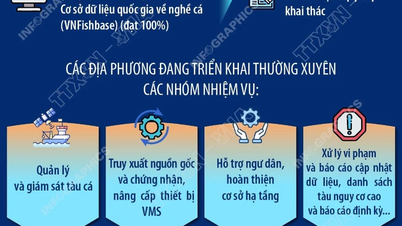

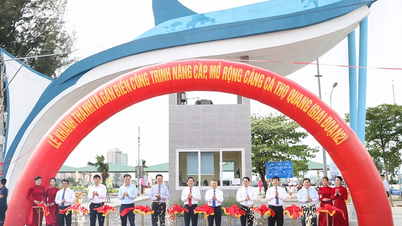
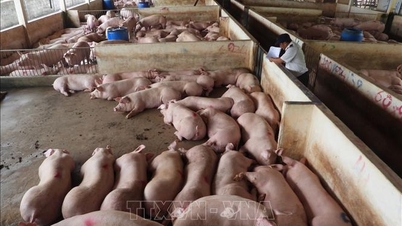





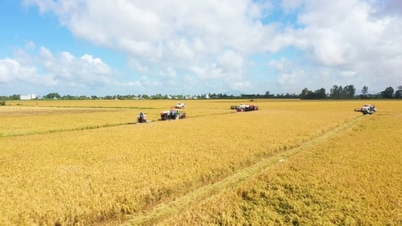
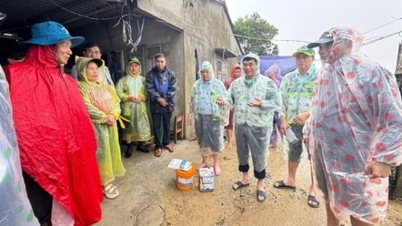
![Mastering knowledge to reduce poverty: [Lesson 4] Sugarcane returns to its glory](https://vphoto.vietnam.vn/thumb/402x226/vietnam/resource/IMAGE/2025/11/20/1763624025458_a08a777e324ebe10e75f-113252_188-143111.jpeg)

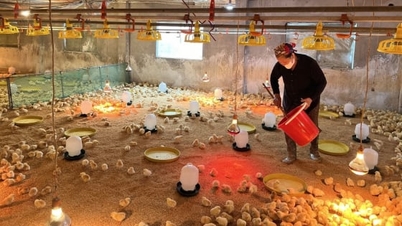
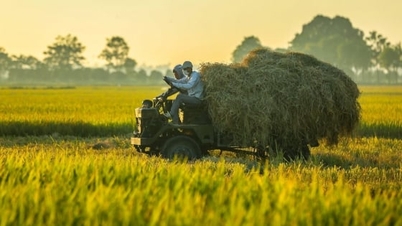




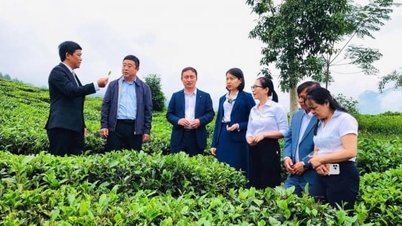


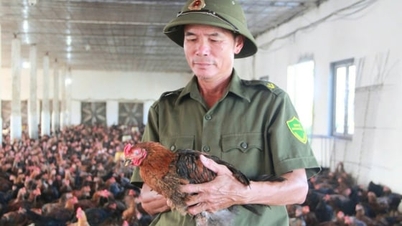
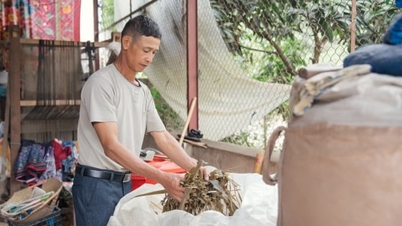
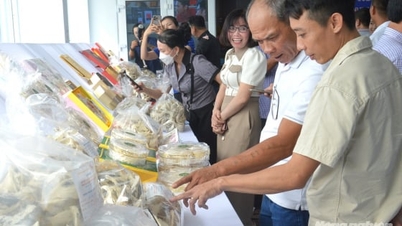






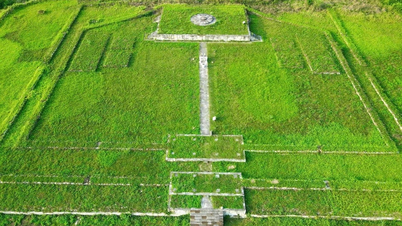







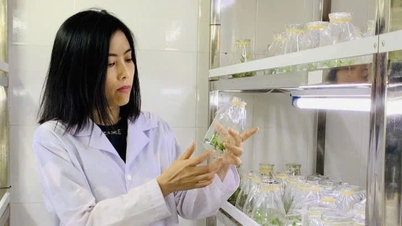

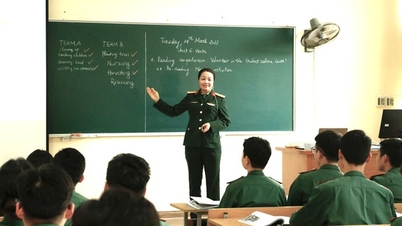






















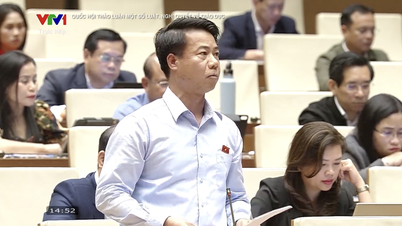







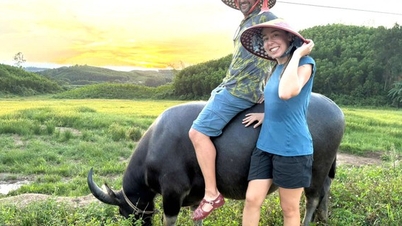







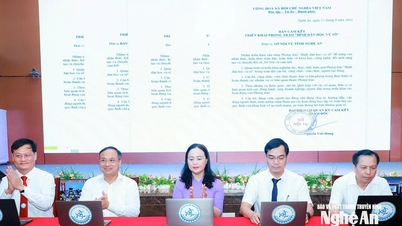

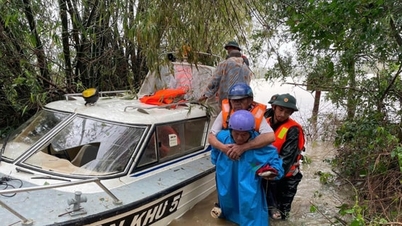

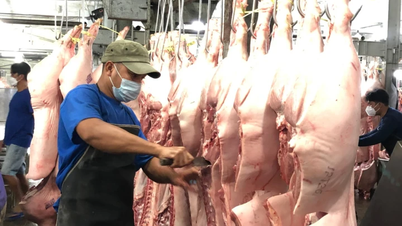













Comment (0)